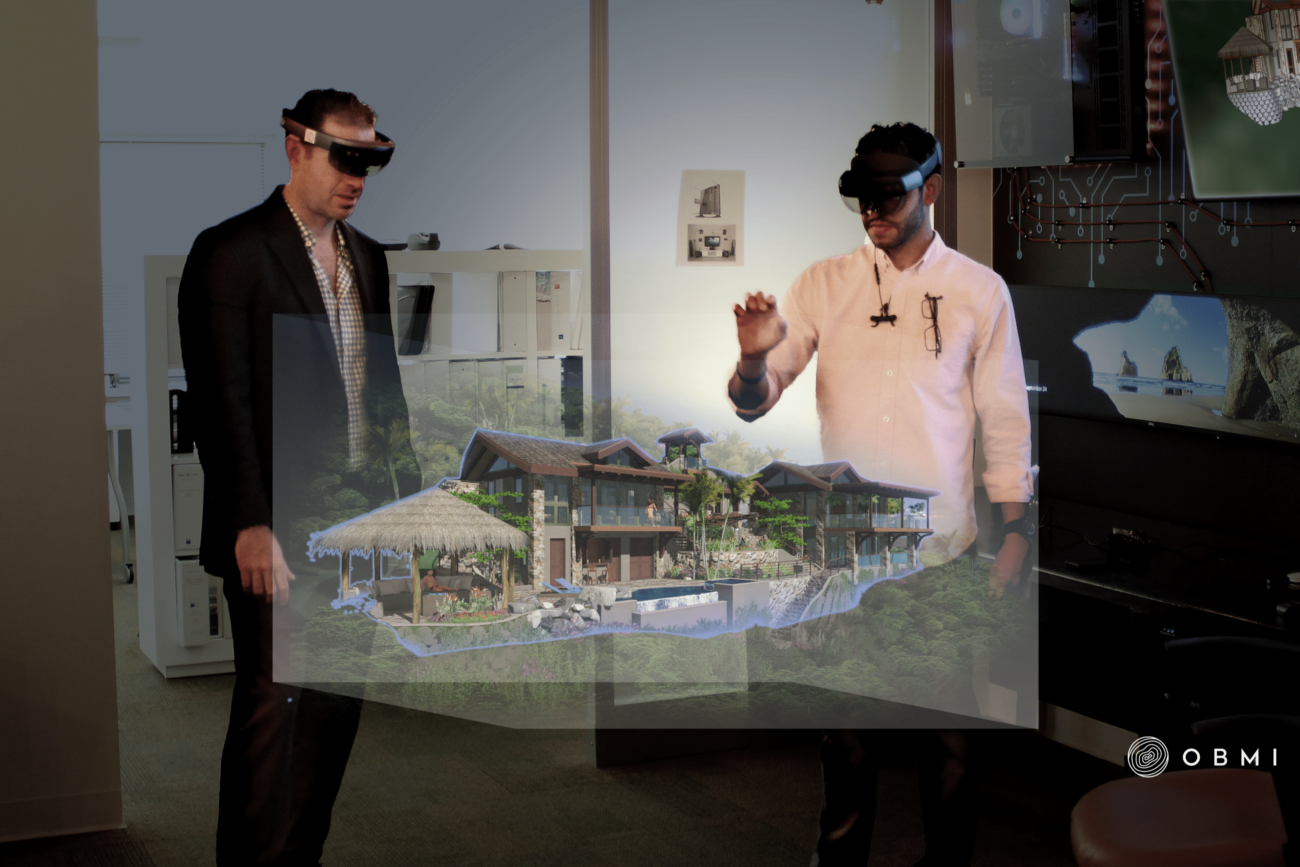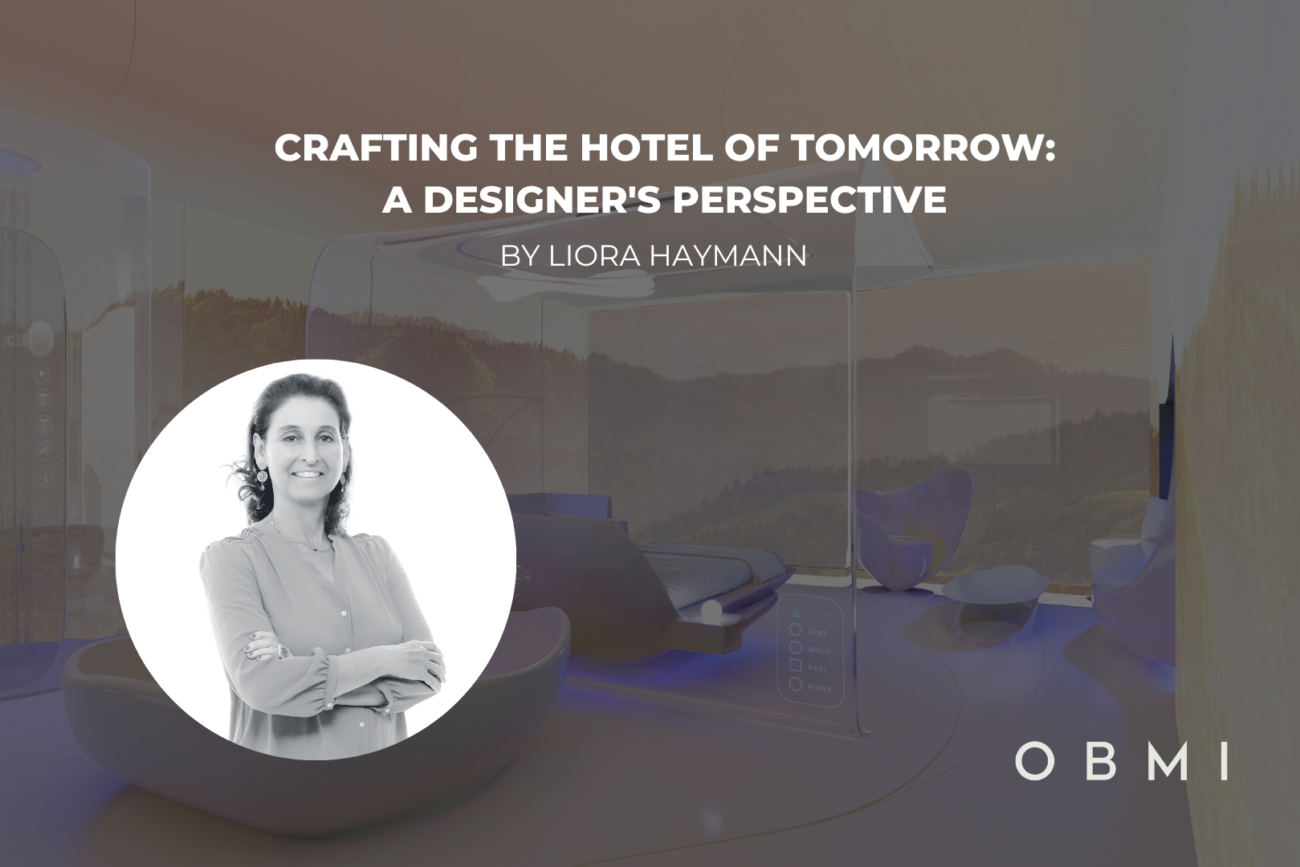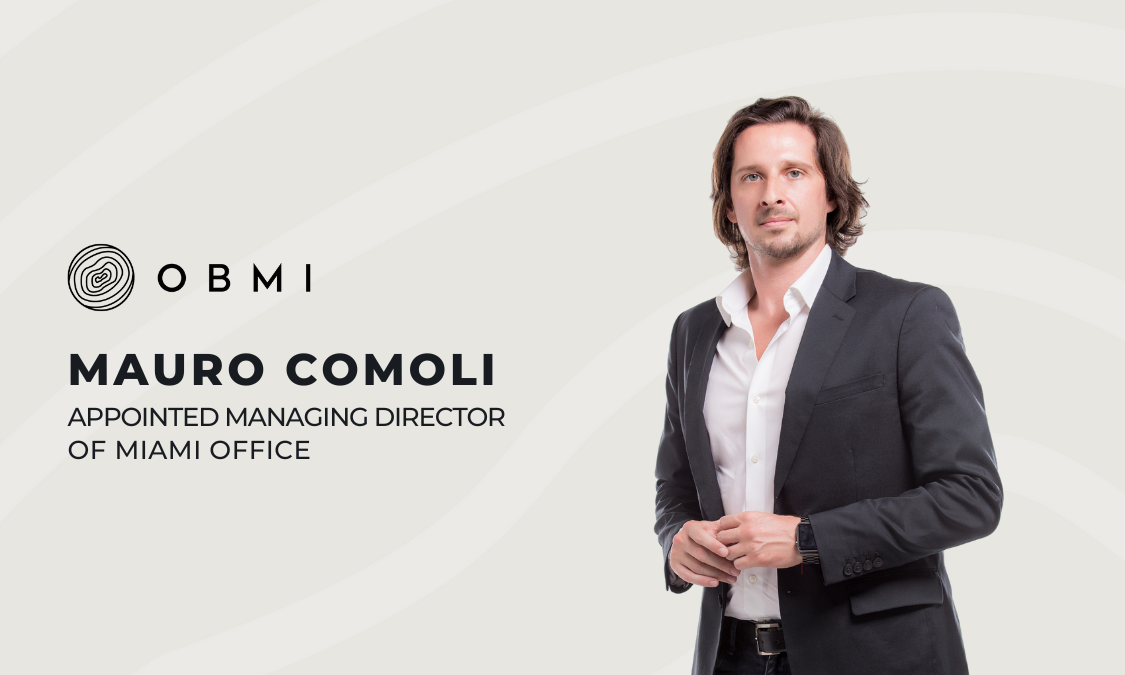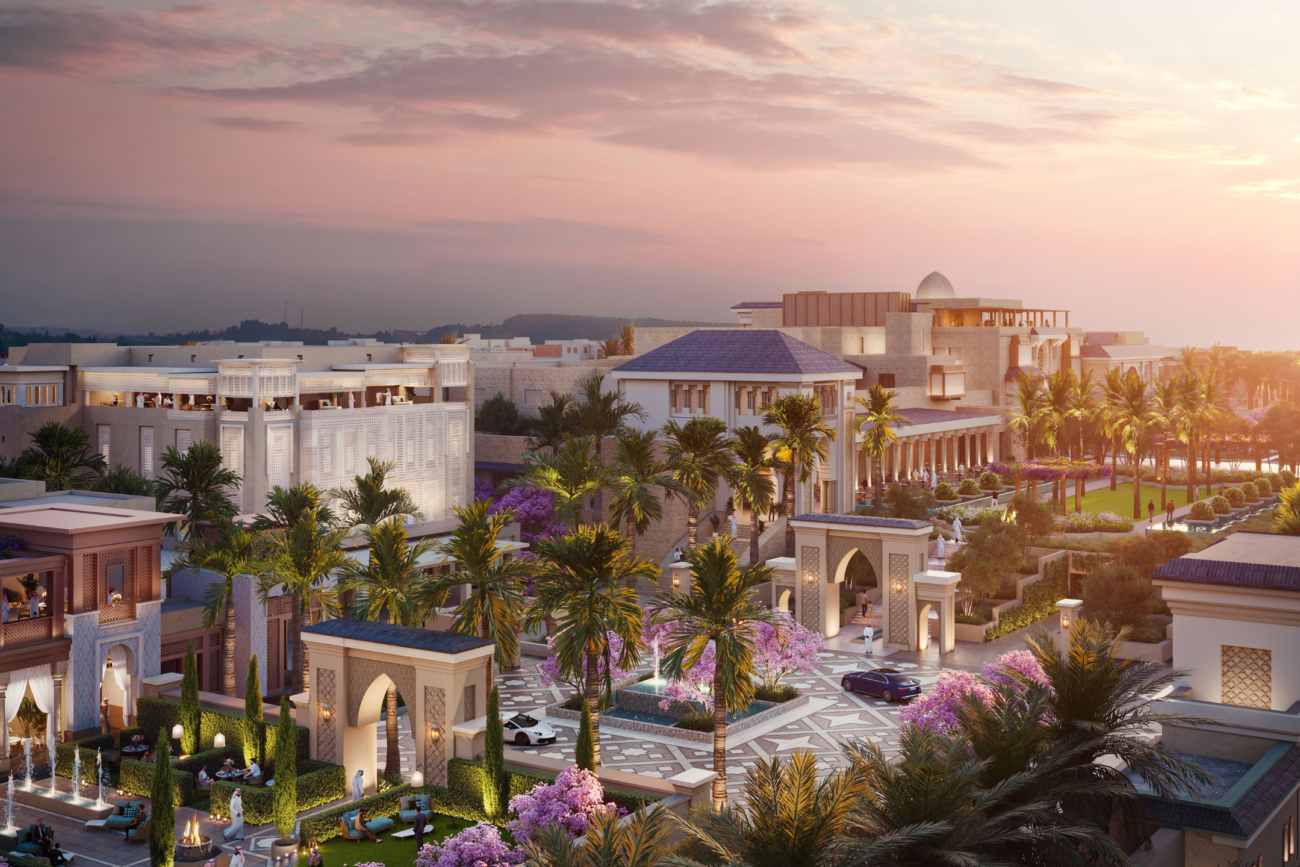
Design Game Changer
Mixed Reality to Revolutionize AEC Industry
Written by Frank Nayor, IT Director
What do the next 100 years hold for us? How about just the next 10 years? While some technologies are changing how we live and work, others are completely revolutionizing our lives. One such technology that’s set to make earth-shattering changes in the way we live and interact with others is Mixed Reality.
As one of the early adopters to integrating virtual reality devices like Oculus and Samsung VR into our visualization process, OBMI found that 3D and virtual reality tools bridged the gap between our design concepts and our client’s understanding of their final product. Although, at the time, the new visualization medium was groundbreaking for us, it still presented some shortcomings.
- It did not fully represent spatial awareness in a manner that captured size and measurement.
- As a result of devices fully engulfing your eyes and removing your sense of space and surroundings, some users experienced disorientation and dizziness, not to mention would sometimes bump into their surroundings.
- We could not share the experience with multiple people interacting in the same space/design.
These limitations were solved when we started to experiment with Mixed Reality. A step beyond Augmented Reality, where additional information is added to what the user perceives, Mixed Reality allows users to simultaneously interact with the physical and virtual worlds. Providing the user with the ability to have one foot (or hand) in the real world and the other in an imaginary place, Mixed Reality can blur the difference between what is real and what is not.
A hands-free 3D user interface, the distinguishing characteristic of the user experience, sets Mixed Reality up as the digital reality technology that revolutionizes how we interface with computers and, consequently, how we interact with the world.
As an architectural firm, this concept is especially exciting to us, and we’ve started testing tools such as the HoloLens, a mixed reality headset, into our design process. HoloLens is already being used by global leaders like ThyssenKrupp and Daimler for various purposes, ranging from remote support to data visualization and analytics reporting.
While as a firm, we enjoy the benefits that Virtual Reality provides as a highly immersive interface, that boundary is one aspect that makes it difficult to apply to most common work tasks. Likewise, augmented reality limits users to operate a handheld device (your smartphone or tablet) strictly. Our designers found that using mixed-reality headsets like HoloLens takes learning and productivity to new heights.
HoloLens produces impressive holographic images, allowing the user to compute in 3D space through movement detection and powerful environment recognition features. Thanks to its capacities, HoloLens technology augments 3D objects directly into the natural surroundings creating an almost flawless merge of the real and imagery. The product can process the incoming data in real-time effectively using sensors that capture and convert it into holograms or actions to be performed with them.
In terms of communicating how digital concepts will interact with the physical world, Mixed Reality is on track to be a revolutionary step for the architecture, engineering, and construction industries. The idea is to create a virtuality continuum that accurately reflects the representation of the physical world with digital content projected onto it.
At OBMI, our architecture is all about the unique quality of the end-user experience and we are always exploring ways to test and validate that experience early in the design process. As an early adopter of technological innovations in their industry, OBMI is excited to take part in the effort to put the next frontier of computing right in front of our eyes. Leveraging the power of Mixed Reality, we’re actively exploring the latest technology to better visualize and explore building information modeling (BIM) data to create more compelling experiences and transform how we live, work and play.






